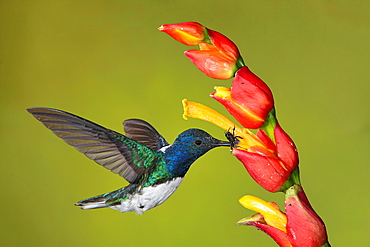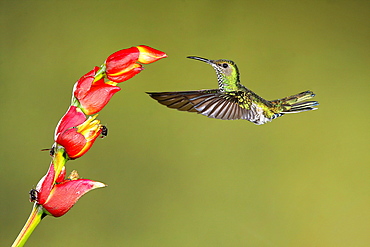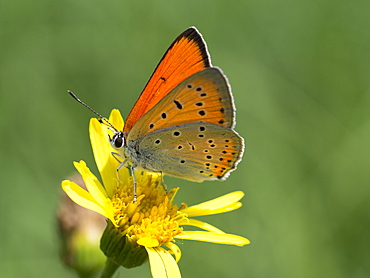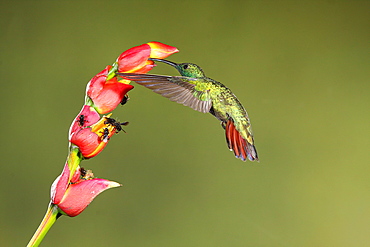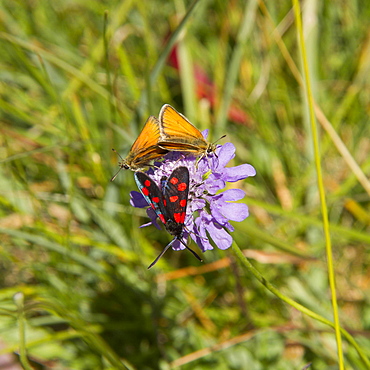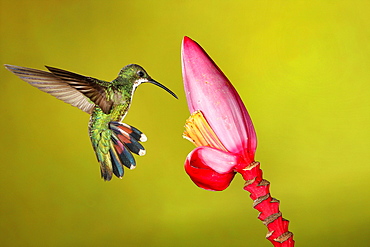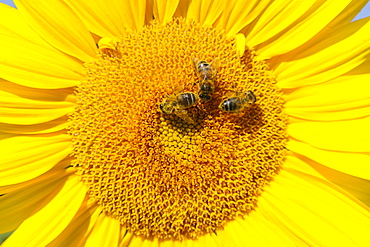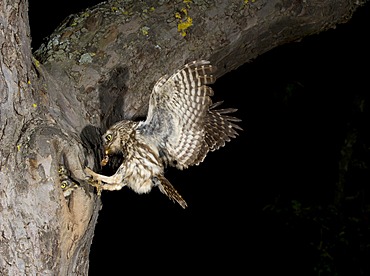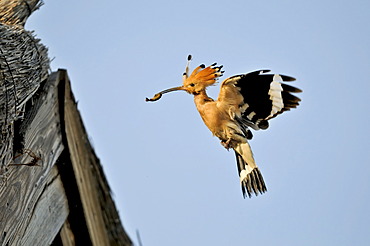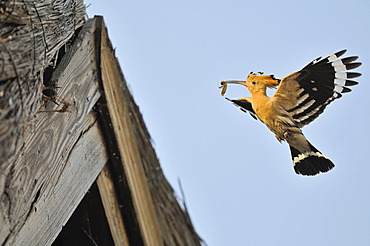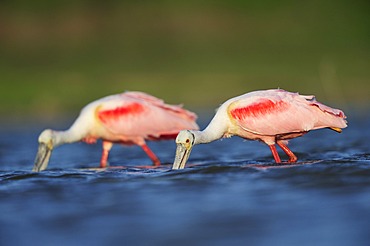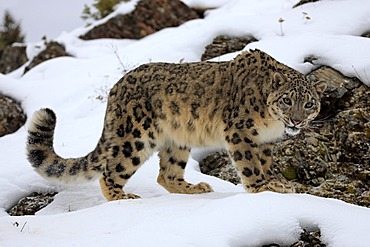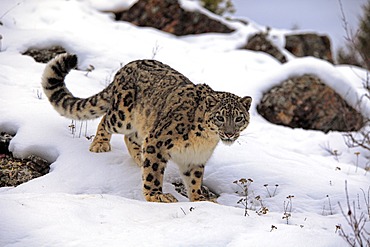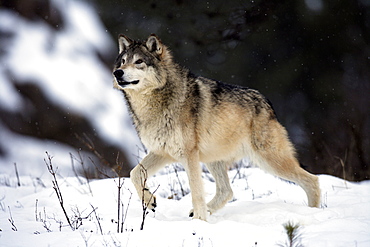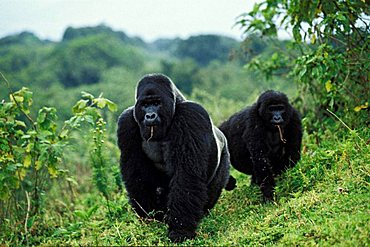Recent searches
Loading...
860-285126 - White-necked Jacobin male foraging in flight, Costa Rica
860-285128 - Stripe-throated Hermit foraging in flight-Costa Rica
860-285125 - White-necked Jacobin female foraging in flight, Costa Rica
860-282685 - Apollo dewy at dawn, Franche-Comté France
860-282683 - Purple-edged Copper on Groundsel, Franche-Comté France
860-285120 - Green-breasted mango male foraging in flight, Costa Rica
860-282835 - Butterfly on flower, Grande Sassière Vanoise Alps France
860-285121 - Green-breasted mango female foraging in flight, Costa Rica
860-285124 - Green-breasted mango male foraging in flight, Costa Rica
860-285123 - Green-breasted mango male foraging in flight, Costa Rica
860-282775 - Honey bees on flower Sunflower, Lorraine France
832-373760 - Cougar (Felis concolor), adult, foraging, snow, winter, Montana, USA
832-373539 - Middle Spotted Woodpecker (Dendrocopos medius), on tree trunk, searching of food
832-372155 - Lesser Flamingo (Phoenicopterus minor), feeding, Barberspan Bird Sanctuary, South Africa, Africa
832-373763 - Red fox (Vulpes vulpes), adult, foraging, snow, winter, Montana, USA
832-372139 - Lesser Flamingo (Phoenicopterus minor) flock in water, Kimberley, Northern Cape, South Africa, Africa
832-372933 - Roseate Spoonbill (Ajaia ajaja), adult feeding, Dinero, Lake Corpus Christi, South Texas, USA
832-369716 - Little Owl (Athene noctua) approaching nesting hole with prey, Bitburg, Rhineland-Palatinate, Germany, Europe
832-369717 - Little Owl (Athene noctua) approaching nesting hole with prey, Bitburg, Rhineland-Palatinate, Germany, Europe
832-369937 - Corn Snake or Red Rat Snake (Pantherophis guttatus, Elaphe guttata guttata) eating a mouse
832-374009 - Cougar or Puma (Puma concolor, Felis concolor), adult, searching for food in the snow, Montana, USA
832-371125 - Great Spotted Woodpecker (Dendrocopos major), in flight, Urwald Sababurg Nature Reserve, North Hesse, Germany, Europe
832-369727 - Great Spotted Woodpecker (Dendrocopos major), Bitburg, Rhineland-Palatinate, Germany, Europe
832-373729 - Aldabra giant tortoise (Testudo gigantea, Geochelone gigantea), foraging
832-374011 - Cougar or Puma (Puma concolor, Felis concolor), adult, hunting in the snow, Montana, USA
832-373788 - Wolf (Canis lupus), foraging, winter, snow, Montana, USA
832-373764 - Red fox (Vulpes vulpes), adult, foraging, snow, winter, Montana, USA
832-374455 - Hoopoe (Upupa epops), Styria, Austria, Europe
832-374456 - Hoopoe (Upupa epops), Styria, Austria, Europe
832-372934 - Roseate Spoonbill (Ajaia ajaja), adults feeding, Dinero, Lake Corpus Christi, South Texas, USA
832-373730 - Aldabra giant tortoise (Testudo gigantea, Geochelone gigantea), foraging
832-373769 - Snow leopard (uncia uncia), adult, foraging, snow, winter, Asia
832-373768 - Snow leopard (uncia uncia), adult, foraging, snow, winter, Asia
832-373786 - Wolf (Canis lupus), foraging, snow, winter, Montana, USA
832-373765 - Snow Leopard, Uncia uncia, Asia, adult, walking, walk, snow, winter, vertical, leopard, leopards, cat, cats, predator, predators, carnivore, carnivores, beast of prey, beasts of prey, mammal, mammals, animal, animals, wild, wildlife, outdoor, outdoors, ou
832-373767 - Snow leopard (Uncia uncia), adult, walking, snow, winter, Asia
832-373755 - Eurasian Lynx (Lynx lynx), adult, foraging in the snow, winter, Montana, USA
832-373758 - Cougar (Felis concolor), adult, foraging, snow, winter, Montana, USA
832-373757 - Eurasian Lynx (Lynx lynx), adult, foraging in the snow, winter, Montana, USA
832-369236 - Puna or JamesÂ’s Flamingo (Phoenicoparrus jamesi), Laguna Hedionda, Potosi, Bolivia, South America
832-373756 - Eurasian Lynx (Lynx lynx), adult, foraging in the snow, winter, Montana, USA
832-369728 - Great Spotted Woodpecker (Dendrocopos major), Bitburg, Rhineland-Palatinate, Germany, Europe
832-373787 - Wolf (Canis lupus), foraging, snow, winter, Montana, USA
832-369235 - Puna or JamesÂ’s Flamingo (Phoenicoparrus jamesi), Laguna Hedionda, Potosi, Bolivia, South America
832-373542 - Great Spotted Woodpecker (Dendrocopos major), foraging on birch
1163-90 - A woman collecting forage for her livestock, near Talamarang, Helambu, Nepal, Asia
1161-6507 - Larvae stage of Tent Moth, Eastern Tent Caterpillars, make tent of silk on host hedgerow in County Cork, Ireland
1161-6509 - Larvae stage of Tent Moth, Eastern Tent Caterpillars, make tent of silk on host hedgerow in County Cork, Ireland
1161-4806 - Indian woman villager working at farm smallholding carrying animal feed at Sawai Madhopur near Ranthambore in Rajasthan, India
1161-4776 - Indian Sambar, Rusa unicolor, female deer in Rajbagh Lake in Ranthambhore National Park, Rajasthan, India
1161-6508 - Larvae stage of Tent Moth, Eastern Tent Caterpillars, make tent of silk on host hedgerow in County Cork, Ireland
1161-4201 - Pig Scavenging Rubbish at Mehrauli Flower Market, New Delhi, India
1161-6506 - Larvae stage of Tent Moth, Eastern Tent Caterpillars, make tent of silk on host hedgerow in County Cork, Ireland
1161-5005 - Lucerne crop being gathered for animal forage by local agricultural workers in fields at Nimaj, Rajasthan, Northern India
1161-4200 - Pig Scavenging Rubbish at Mehrauli Flower Market, New Delhi, India
1161-4797 - Nilgai Blue Bull antelope, Boselaphus tragocamelus, in Ranthambhore National Park, Rajasthan, India
1161-6510 - Larvae stage of Tent Moth, Eastern Tent Caterpillars, make tent of silk on host hedgerow in County Cork, Ireland
1161-4144 - Blue tit feeds on sunflower seed from bird feeder by snowy slope, The Cotswolds, UK
1161-5007 - Lucerne crop being carried for animal forage by local agricultural workers in fields at Nimaj, Rajasthan, Northern India
1161-6511 - Larvae stage of Tent Moth, Eastern Tent Caterpillars, make tent of silk on host hedgerow in County Cork, Ireland
1161-4805 - Indian woman villager working at farm smallholding carrying animal feed at Sawai Madhopur near Ranthambore in Rajasthan, India
1161-4807 - Indian woman villager working at farm smallholding carrying animal feed at Sawai Madhopur near Ranthambore in Rajasthan, India
1161-5006 - Lucerne crop being gathered for animal forage by local agricultural workers in fields at Nimaj, Rajasthan, Northern India
1161-4773 - Indian Sambar, Rusa unicolor, male deer feeding in Rajbagh Lake in Ranthambhore National Park, Rajasthan, India
1161-4034 - Typical Everglades scene Great Blue Heron, Alligator, Black vultures in a pond in The Everglades, Florida, USA
1161-3007 - Free-range Norfolk bronze turkeys roam freely at Sheepdrove Organic Farm , Lambourn, England
1161-2999 - Free-range chickens of breed Isa 257 roam freely at Sheepdrove Organic Farm , Lambourn, England. Beyond are mobile roosting houses.
1161-2112 - Grey squirrel eats banana skin from rubbish bin in Hampstead Heath, London, United Kingdom
1161-2998 - Free-range chickens of breed Isa 257 roam freely at Sheepdrove Organic Farm , Lambourn, England
1161-3008 - Free-range Norfolk bronze turkeys roam freely at Sheepdrove Organic Farm , Lambourn, England
817-439571 - American Black bear (Ursus americanus) Sow and cubs crossing park road, Banff National Park, Alberta, Canada.
817-439569 - Black oystercatcher (Haematopus bachmani) foraging in beds of fucus algae at low tide (Island Bay), Haida Gwaii (Queen Charlotte Islands) Gwaii Haanas NP, British Columbia, Canada.
832-138413 - Aerial view, ergewa plant, Deuka factory, animal food silo, cooperative, Erfurt, Thuringia, Germany, Europe
817-422940 - Juvenile Moorhen, Gallinula chloropus, Crete
832-66964 - Farm house in the evening hours, near Palmer, Alaska, USA, PublicGround
832-49890 - Grain silos, Neuenstein, Hohenlohe, Baden-Wuerttemberg, Germany, Europe
817-418695 - Combine-harvester on a field of corn, Lleida, Spain
817-410339 - Olive baboon, Papio Anubis, Olive baboons are widespread throughout equatorial Africa and are found in 25 countries. From the west coast of Africa moving eastward. In the picture there is a mother with a juvenile, the mother is eating some grass and the s. Olive baboon, Papio Anubis, Olive baboons are widespread throughout equatorial Africa and are found in 25 countries. From the west coast of Africa moving eastward. In the picture there is a mother with a juvenile, the mother is eating some grass and the small one is in its back. In Uganda, olive baboons live in open woodland bordered by savannah and in evergreen tropical forests At Queen Elizabeth National Park, situated in Uganda, near the border of Democratic Republic of Congo, the habitat is characterized by dense forest, coarse wet grass, short grass and open grassland. Olive baboons consume a wide variety of foods and they can adapt to very different kind of habitats, from desert to mountain forest because they have many different strategies and habilities to extract food and nutrients. Baboons are omnivores and consume a huge variety of vegetables, insects, birds, eggs, and vertebrates including other primates. The Olive Baboon is one of the largest baboons, with the males being larger than the females. Their body length is 60, 86 cm, their tail length is 41, 58 cm and they weigh between 22 and 37 Kg. There is some geographical variation in average size. They have an olive green/grey coat that covers their bodies and a black face. The males have large canine teeth where as the teeth of females are much smaller. They move around on all four limbs. They live in troops of males and females that consist of between 20 and 50 members. The picture was taken in Ugande, in the Queen Elizabeth National Park, near the Kazinga channel., Uganda, Africa, East-africa
857-34024 - Young boys on donkeys watch over flocks of goats, sheep and donkeys near the top of the Shebar Pass, which crosses into the Province of Bamiyan. Due to a devastating drought in the region, dry wheat farming has failed for three years from 1998-2002 and the forage is extremely sparse, The pass is a strategic point leading into the Central Highlands, the Koh-i-Baba range and the Hazarajat, at the end of the Hindu Kush. Most of the people of this region are of the Hazara tribe, and are Shi'a Moslems who have been persecuted for centuries by many of the Pashtun rulers of Afghanistan, who are from the Sunni sect.
857-33991 - A farmer with his donkey loaded with forage walks toward the setting sun above the town of Bamiyan, August 30, 2002. Most of the old town was destroyed and up to 20,000 people of the region might have perished when Bamiyan fell to the Taliban in 2001. Bamiyan Valley is located in the Hazarajat at the edge of the Koh-i-Baba range , the end of the Hindu Kush. Bamiyan was a prosperous Buddhist kingdom on the ancient Silk Road until the 10th century, when the region was converted to Islam; in the 12th century, it was destroyed by Ghengis Khan. Most of the people of this region are of the Hazara tribe, and are Shi'a Moslems who have been persecuted for centuries by many of the Pashtun rulers of Afghanistan, who are from the Sunni sect. They most recently suffered at the hand of the Taliban, who tried for years to ethnically cleanse the region of its Shi'a people
832-29465 - Giant Anteater, (Myrmecophaga tridactyla) Pantanal, Brazil, South America
832-18093 - Common Redshenk searching for food in flatwater, Baltic Sea, Island of Oeland, Sweden
832-28192 - Mountain gorillas (Gorilla beringei), foraging, Virunga Nationalpark, Zaire
832-36558 - Blue carpenter bee (Xylopa violacea), foraging
981-65 - Komodo dragon (Varanus komodoensis) - male on beach foraging on dead sunfish.
981-55 - Pangolin (Manis javanica) foraging in tree canopy.
981-67 - Komodo dragon (Varanus komodoensis) - male on beach foraging.
1003-115 - Turnstone (Arenaria interpres) foraging among seaweed. Northumberland, UK
981-45 - Komodo dragon (Varanus komodoensis) - male on beach foraging on sunfish in the shallows. Cameraman, Mike Pitts behind.
988-144 - Shag (Phalacrocorax aristotelis) on old pier. Shags use the old pier at Salen. Isle of Mull, throughout the year from which to forage in the Sound of Mull. Hebrides, Scotland
988-141 - Shag (Phalacrocorax aristotelis) on old pier. Shags use the old pier at Salen. Isle of Mull, throughout the year from which to forage in the Sound of Mull. Hebrides, Scotland
988-157 - Oystercatcher (Haematopus ostralegus), Duart Castle in background. Hebrides, Scotland
